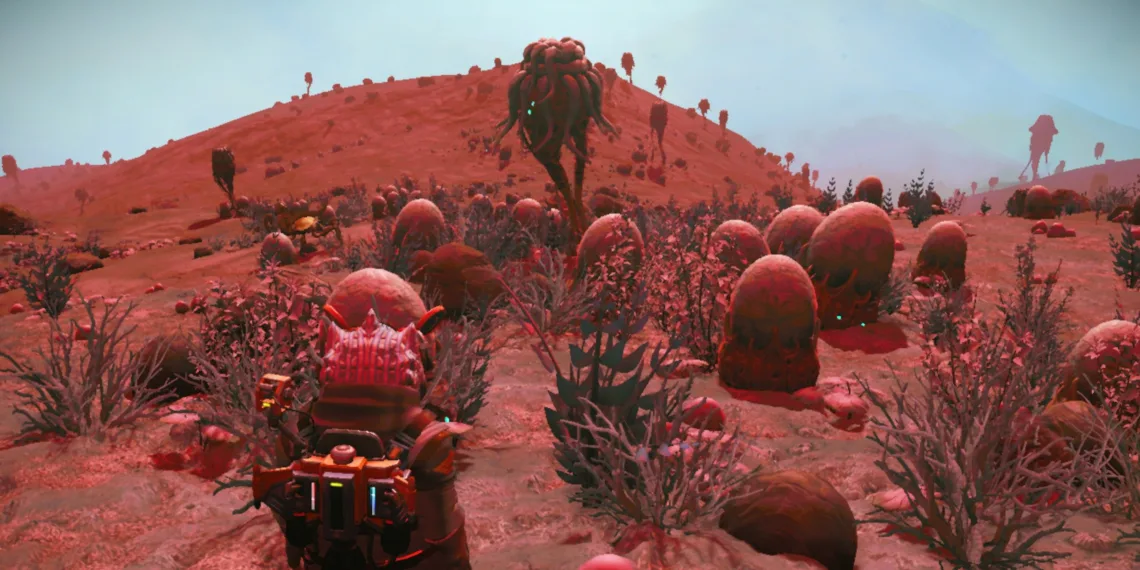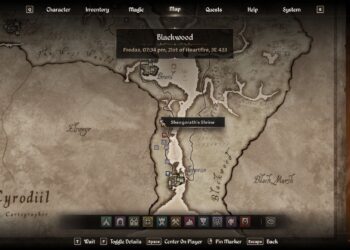Quick Links
During your exploration of No Man’s Sky, you’ll discover a myriad of bizarre and beautiful sights, most of which will be found on various planets. These celestial bodies host an array of plant and animal life, valuable minerals, and even some edible items for your Nutrient Processor.
While planets may seem infinitely diverse, they can be grouped into several primary types. Whether you’re seeking a perfect place to establish a base or trying to extract rare minerals from volcanic or frozen worlds, this guide will navigate you through the different types of planets you’ll encounter in No Man’s Sky.
Updated February 18, 2025: With the Worlds Part 2 update, there’s now an exciting new planetary biome to explore—Gas Giants! Be prepared for wild weather and extreme conditions; these planets are not your typical vacation spots!
General Planet Information in No Man’s Sky
Before diving into the specifics, let’s cover some essential points about the planets in No Man’s Sky. Each planet belongs to one of 11 categories that define its biome, featuring distinct terrain characteristics based on its classification. Additionally, planets with atmospheres come with unique weather systems.
Why visit planets? They offer various resources, including specific minerals for crafting and potentially harvestable agricultural materials.
Also worth noting is that Sentinel activity on planets can vary greatly. You may encounter low activity with drones only at secure locations, moderate presence with Sentinels patrolling land, or high activity, where Sentinels aggressively pursue travelers.
Tip:
You may also find Corrupted Sentinels on specific planets that could help unearth a crashed Sentinel Interceptor.
Planetary Biomes in No Man’s Sky

Planets in No Man’s Sky can be classified into 11 distinct biomes: Lush, Barren, Dead, Exotic, Mega Exotic, Scorched, Frozen, Toxic, Irradiated, Marsh, and Volcanic. It can sometimes be tricky to identify a planet’s category due to the different terminology used. Let’s briefly explain each type below.
Lush Planets
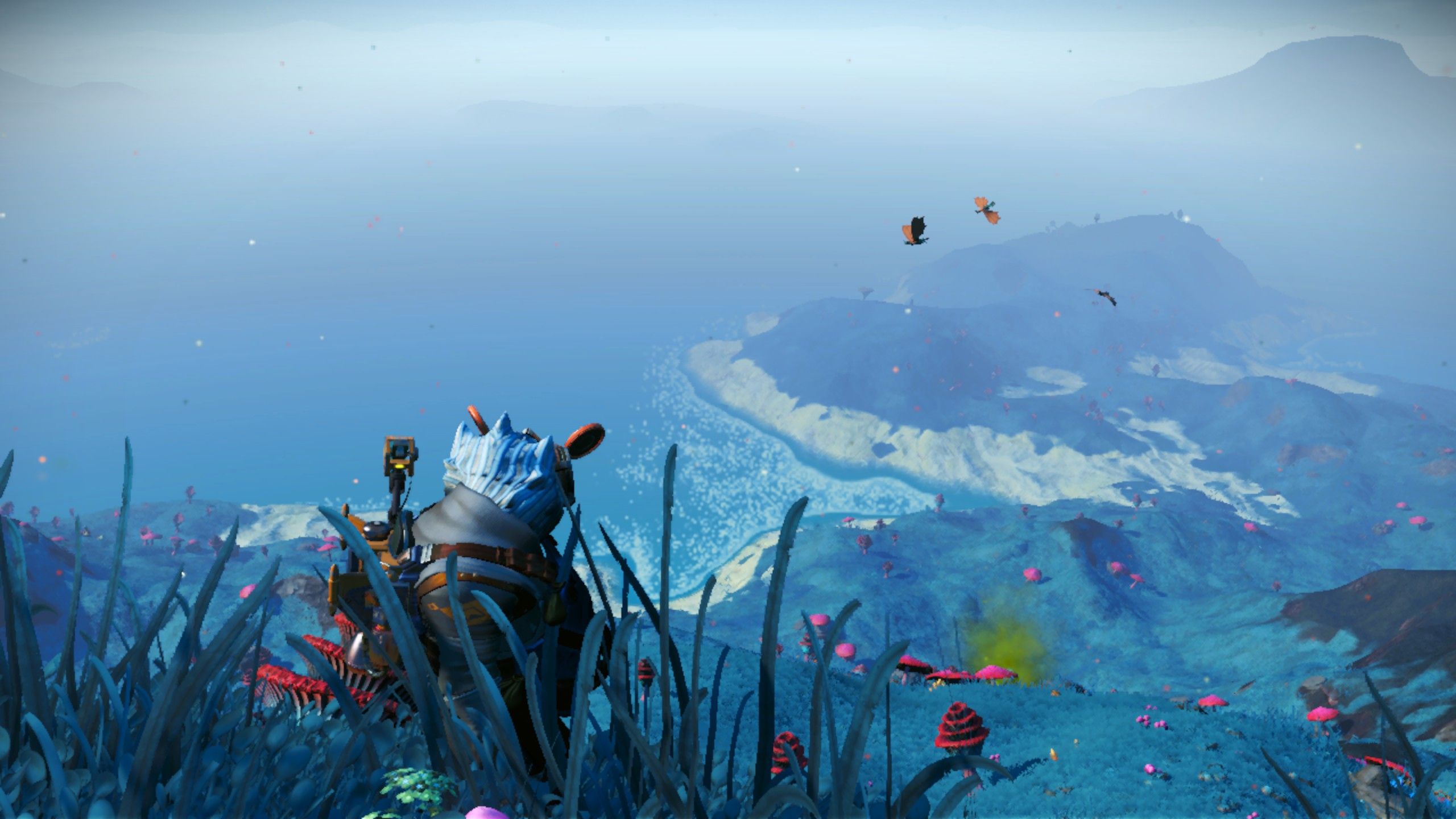
Lush planets are some of the most appealing and abundant in life. Often vibrant with animals and plants, they feature a breathable atmosphere that won’t deplete your life support systems adversely. While these planets can have extreme conditions, such as boiling rain, they lack the severe storms common on other planetary types. Expect to find familiar Earth-like landscapes, albeit with a unique color palette and sometimes unexpected features like bioluminescent plants or strange weather phenomena.
| Alternate Descriptions | Common Resources |
|---|---|
| Rainy, Verdant, Tropical | Paraffinium, Nitrogen, Star Bulb |
Barren Planets
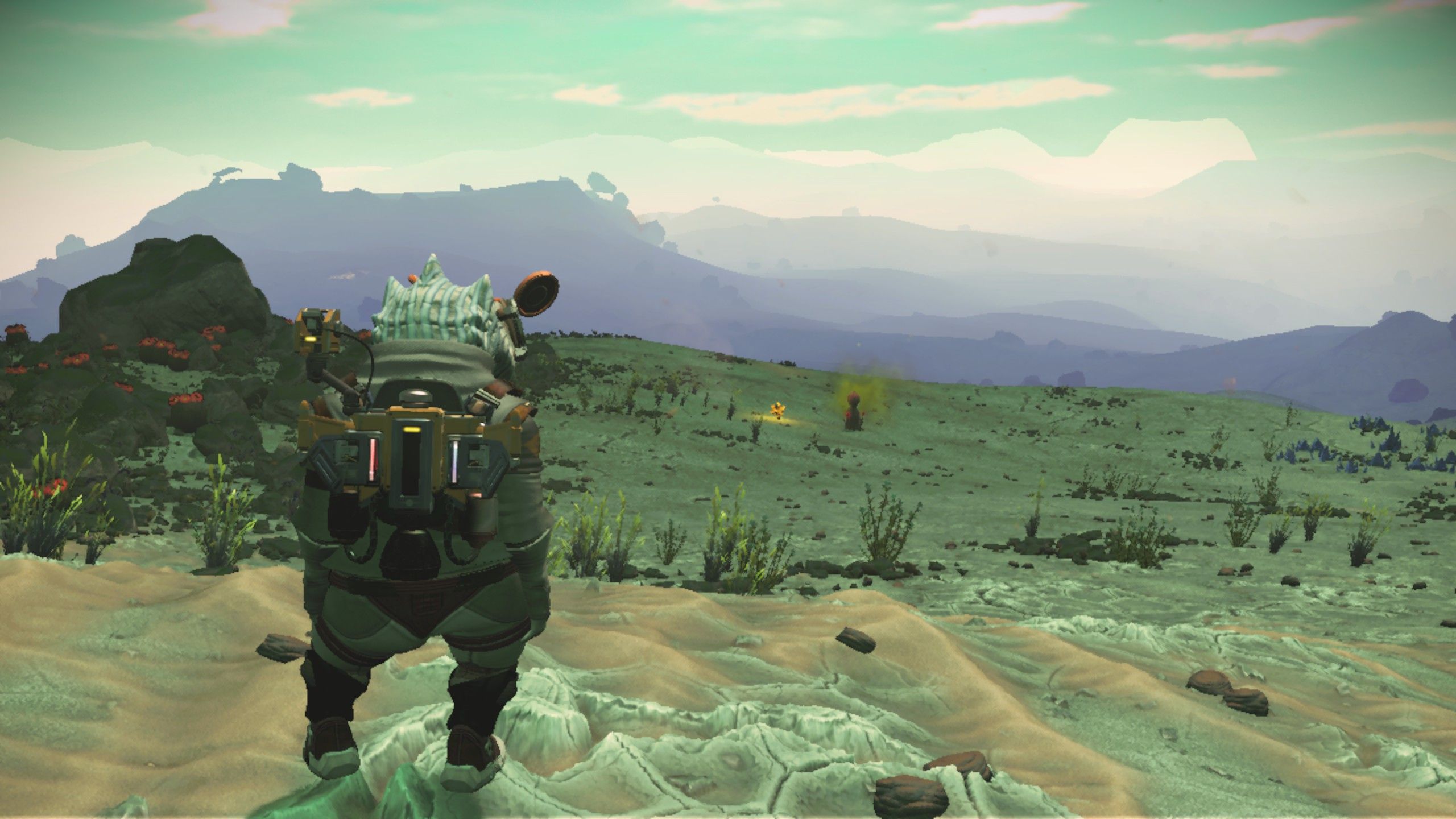
These planets typically feature limited vegetation, primarily appearing as arid deserts with rocky terrains. A breathable atmosphere may exist, but temperatures can fluctuate wildly.
| Alternate Descriptions | Common Resources |
|---|---|
| Desert, Rocky, Bleak | Sulphurine, Pyrite, Cactus Flesh |
Dead Planets

As the name indicates, Dead planets lack atmosphere, flora, and fauna. With rocky surfaces resembling our Moon’s, essential life support resources must be brought along.
| Alternate Descriptions | Common Resources |
|---|---|
| Lifeless, Abandoned, Airless | Rusted Metal, Chromatic Metal |
While these planets lack storms, temperatures can become extreme, and they’re marked by low gravity, enabling higher jumps.
Exotic Planets

Exotic planets feature unusual traits, including strange landscapes and bizarre life forms. While they can exhibit characteristics of various biomes, they will always present calm weather.
| Alternate Descriptions | Common Resources |
|---|---|
| Fissured, Mechanical, Bubbling | Varies based on sub-biome |
Mega Exotic Planets
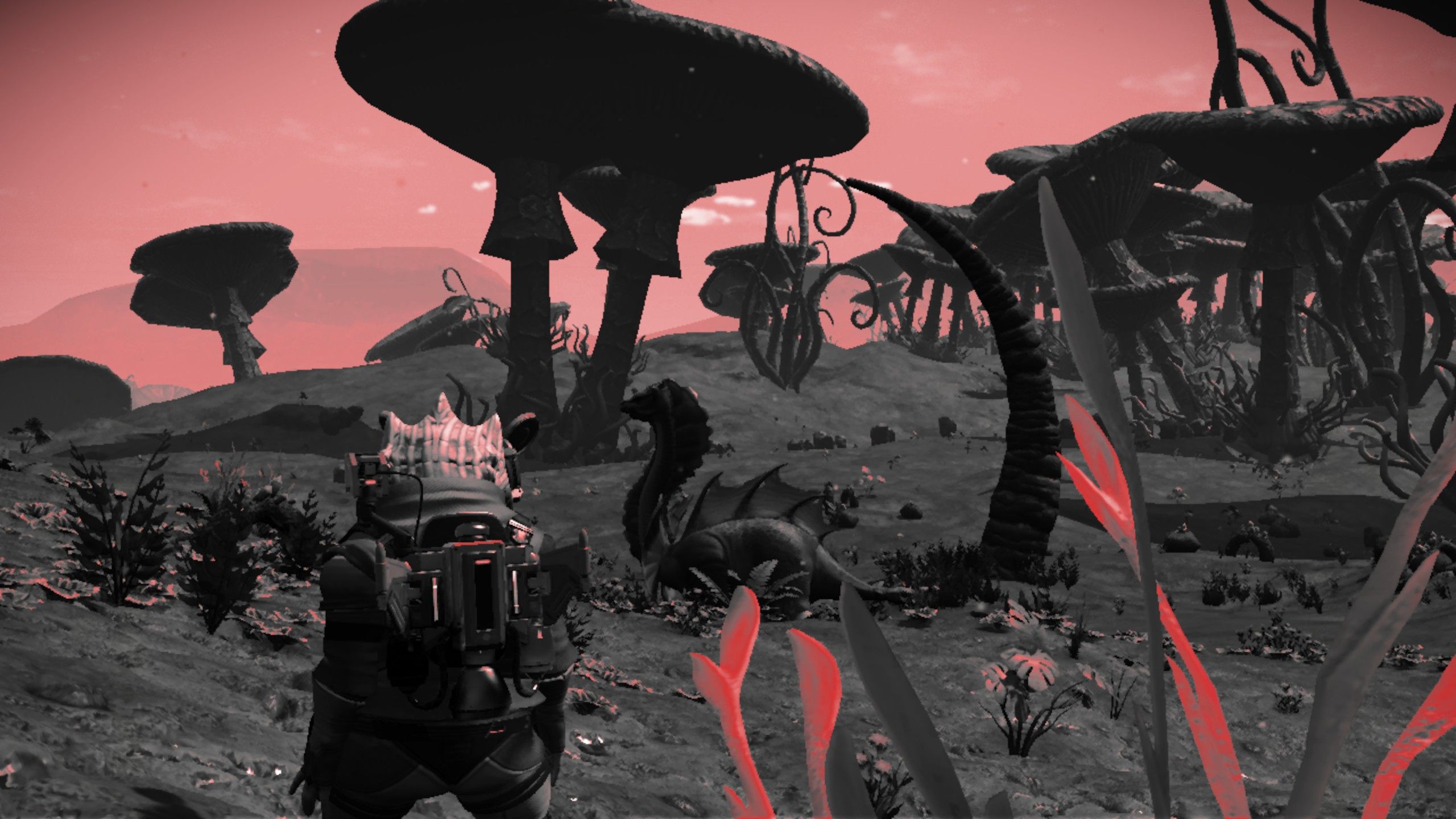
In contrast to Exotic planets, Mega Exotics have lush biomes, with unique towering flora and geological features. The visuals are often enhanced with strong color filters, contributing to their ethereal beauty.
| Alternate Descriptions | Common Resources |
|---|---|
| Planetary Anomaly, Doomed, Ultramarine | Varies based on sub-biome |
Scorched Planets
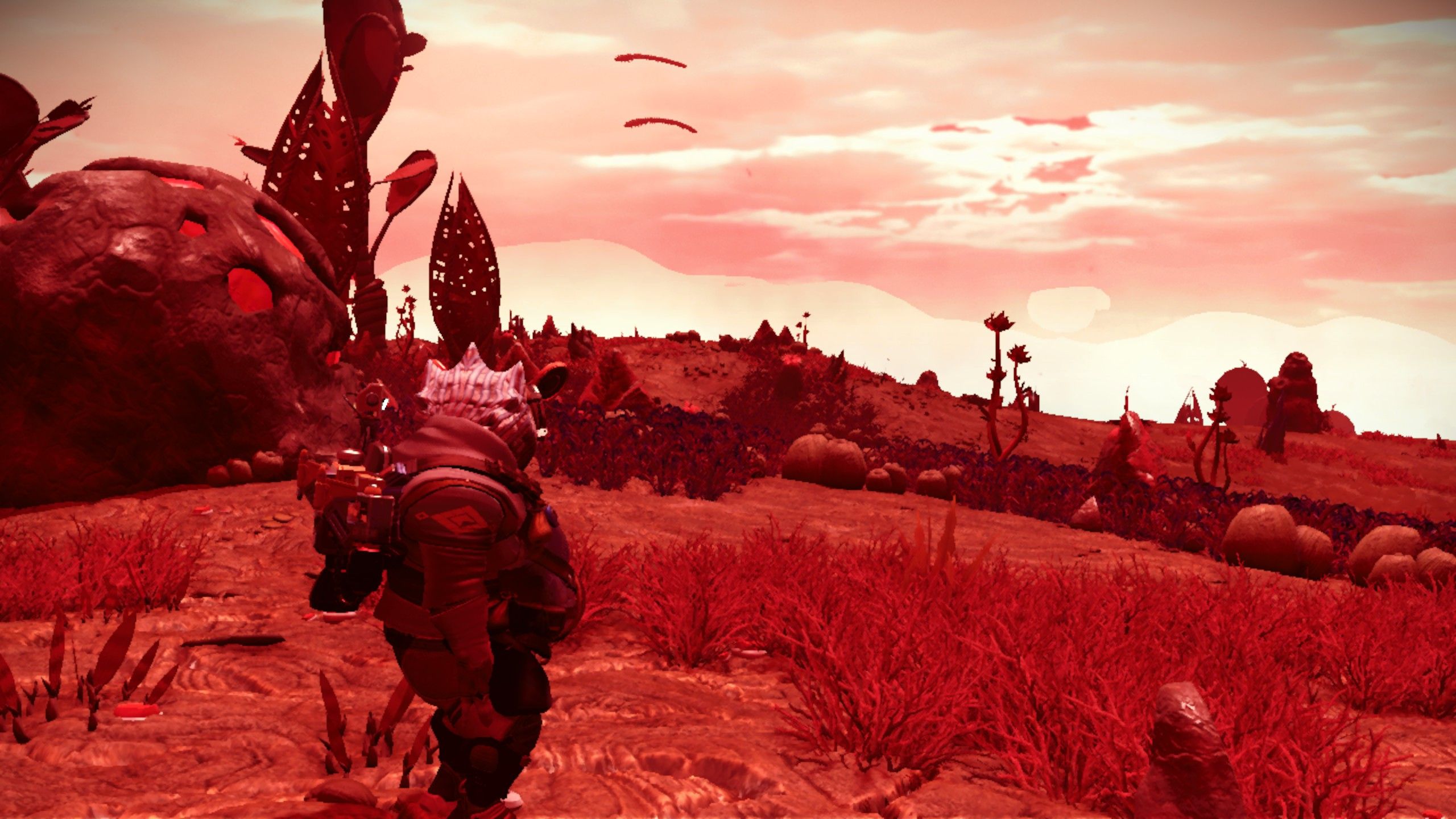
Scorched planets contain less life and endure extreme temperatures that can rise dangerously high during storms, making survival a challenge.
| Alternate Descriptions | Common Resources |
|---|---|
| Fiery, Charred, Boiling | Phosphorus, Sulphurine |
Frozen Planets

Frozen planets are characterized by extreme cold, presenting a stark contrast to Scorched worlds. They often hold a wealth of frozen water resources.
| Alternate Descriptions | Common Resources |
|---|---|
| Arctic, Icy, Glacial | Dioxite, Frost Crystal |
Toxic Planets
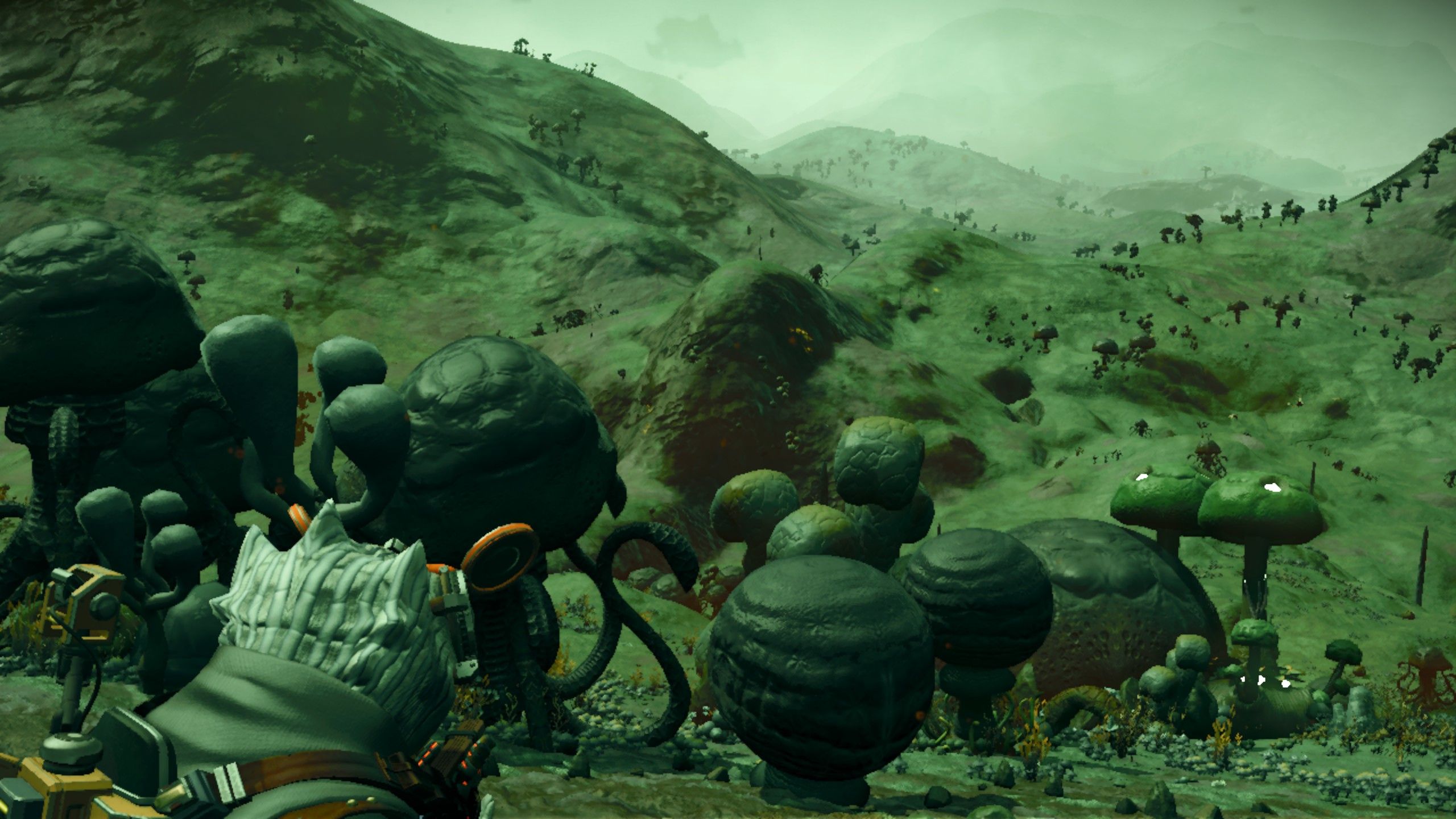
These planets contain toxic atmospheres that make them unbreathable without proper protection. Often fraught with hazardous flora and fauna, they’re dangerous but might hold valuable resources.
| Alternate Descriptions | Common Resources |
|---|---|
| Caustic, Noxious, Corrosive | Ammonia, Fungal Mould |
Irradiated Planets
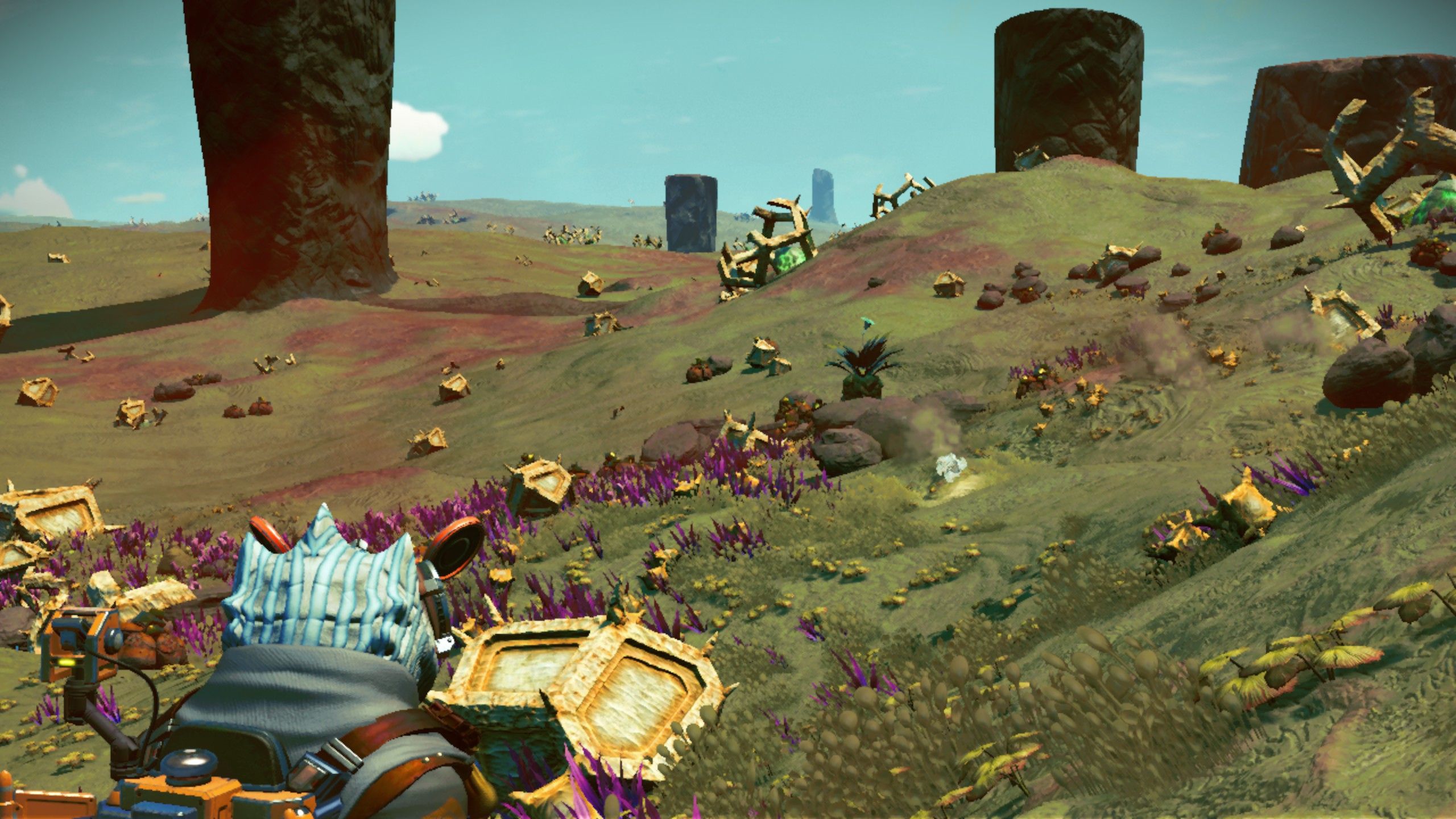
Highly radioactive, these planets require travelers to maintain their hazard protection systems actively.
| Alternate Descriptions | Common Resources |
|---|---|
| Nuclear, Radioactive, Contaminated | Uranium, Gamma Root |
Marsh Planets

These planets can range from dreary swamps to tropical paradises. They usually have substantial water resources, but the types of items available can be random.
| Alternate Descriptions | Common Resources |
|---|---|
| Boggy, Hazy | Varies |
Volcanic Planets
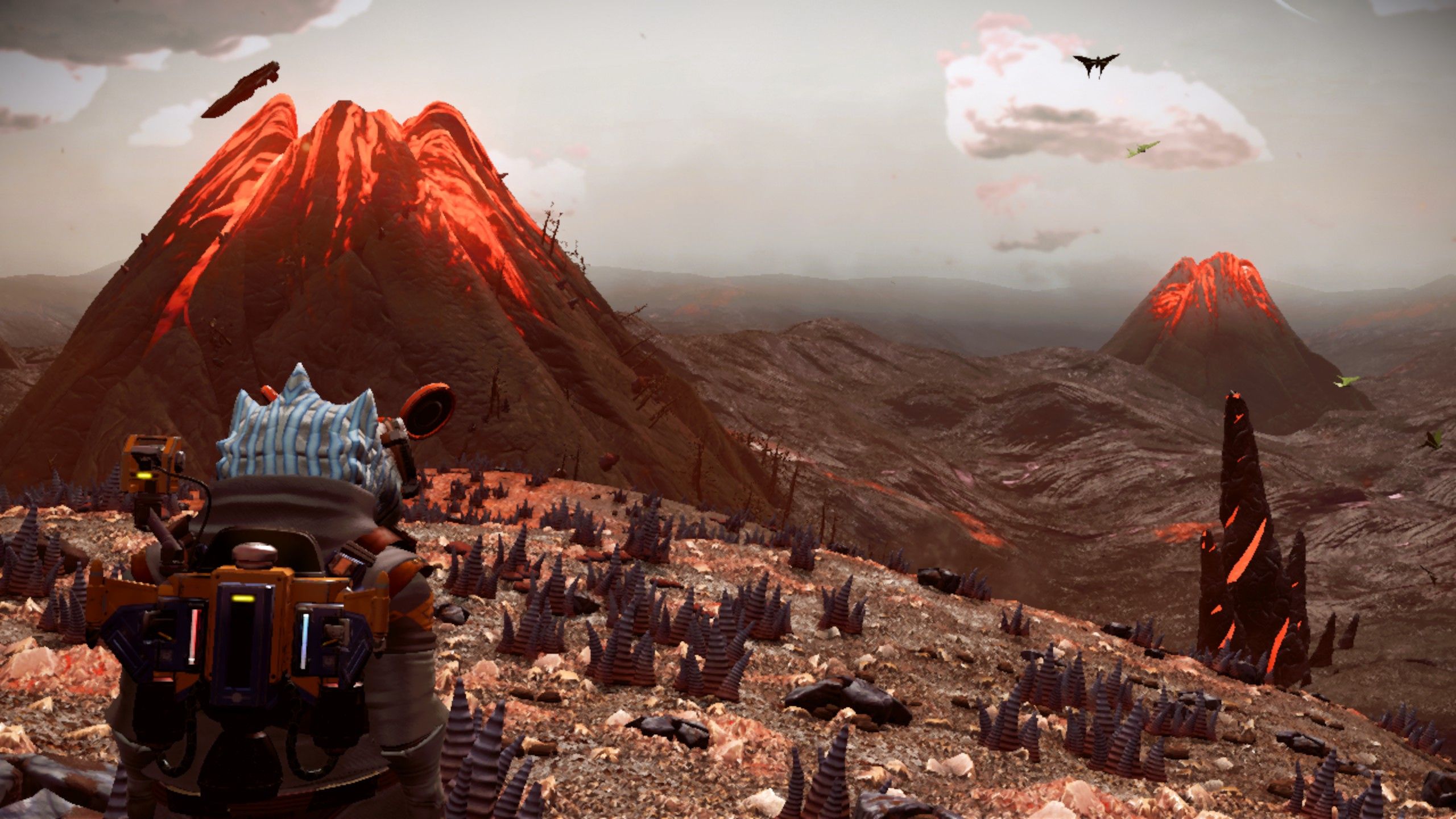
Volcanic planets are extremely hot and feature eruptions, with flora that is predominantly scorched or absent.
| Alternate Descriptions | Common Resources |
|---|---|
| Erupting, Lava, Molten | Pyrite, Sulphurine |
Corrupted Planets

Found in Dissonant Systems, these planets are covered in strange purple crystals and host aggressive Sentinels that have become hostile, presenting unique challenges for Travelers.
Gas Giants

Gas Giants can only be located within Purple Star Systems. They’re massive, stormy planets without any discernable surface flora or fauna.
| Alternate Descriptions | Common Resources |
|---|---|
| Gaseous Planet | Activated Quartzite, Crystallised Helium |
While the environment is harsh, travelers can find resources like Activated Quartzite and Storm Crystals amidst the unrelenting weather conditions.
With this guide, you’ll be better prepared to explore the diverse planets in No Man’s Sky. Each visit is an opportunity to uncover the mysteries they hold!

